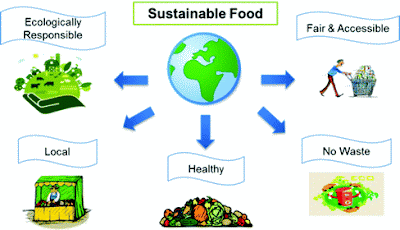The data is at hand and there are scientific facts that support it.
Although food biotechnology continues to evolve like many sciences, it has been producing better products for human consumption for more than 40 years.
Here we present 10 advantages of genetically modified foods:
- Improve nutrition and health
Thanks to biotechnology you can add nutrients and enrich foods.
- Its consumption is safe for people
In 40 years of biotechnological research there is no documented evidence of damage to the human organism.
- Agriculture based on biotechnology is sustainable
It has a lower environmental impact than traditional agriculture due to the reduction of carbon emissions through direct seeding.
- Genetically modified crops help poorer farmers
Thanks to more resistant seeds they have better harvests and sell their product better.
They need less inputs to take care of their crops.
- Most of the genetically modified foods that arrive at your table were grown with fewer pesticides
By creating more pest-resistant plants, the need to use pesticides to protect crops is reduced.
- Increase crop yield
The productivity in GM crops is between 7% and 20% higher than in traditional agriculture, and 33% higher than organic crops.
- Food biotechnology helps mitigate the hunger crisis in the world
Over the past 15 years, it has helped farmers produce 311.8 million more tons of food.
- Food biotechnology has benefited the global economy
The applications of biotechnology in the agri-food chain represent the highest economic importance on a global scale.
Biotechnology research and development has generated thousands of patents on plants and processes based on them to universities and companies around the world, while linking productive food chains to biotechnology.
( Situation of biotechnology in the world , Pages 12 and 13, Center for Research in Applied Biotechnology-IPN).
- Some GM foods help reduce food waste
With foods that resist more time in good condition, there are fewer fruits and vegetables that are thrown away before being consumed.
- Cheaper production of food
Which translates into better prices for final consumers.

















